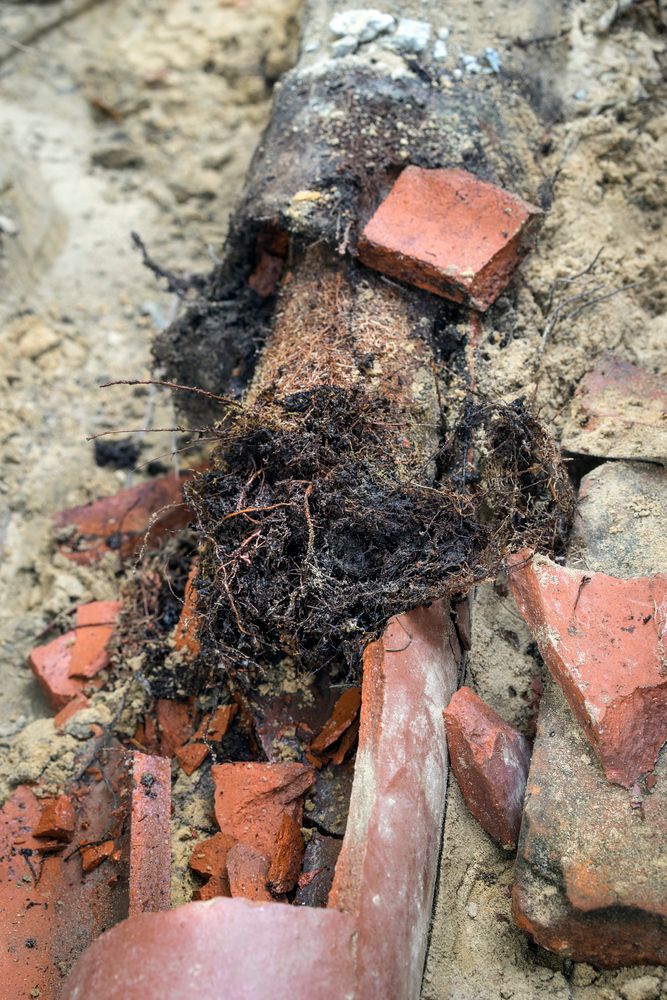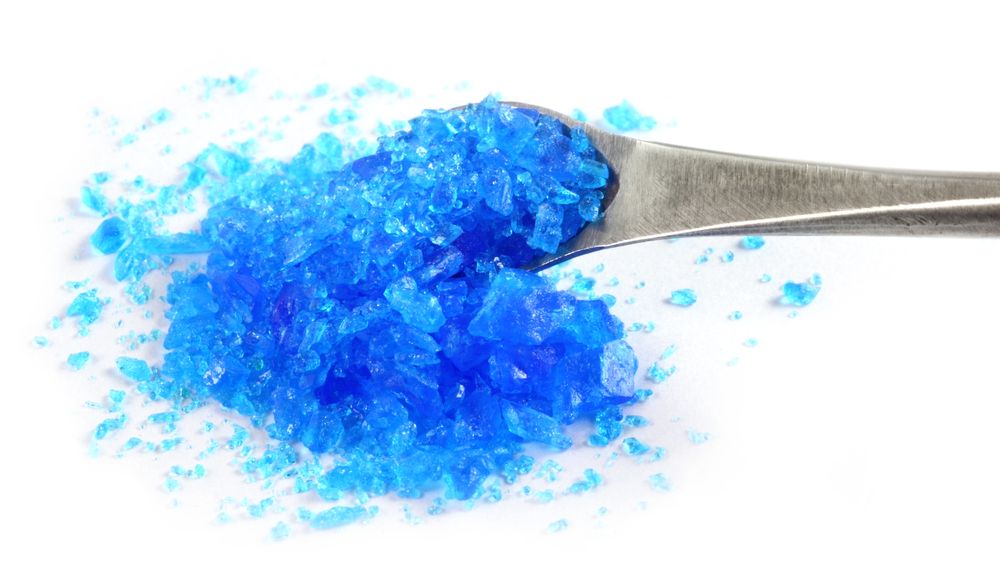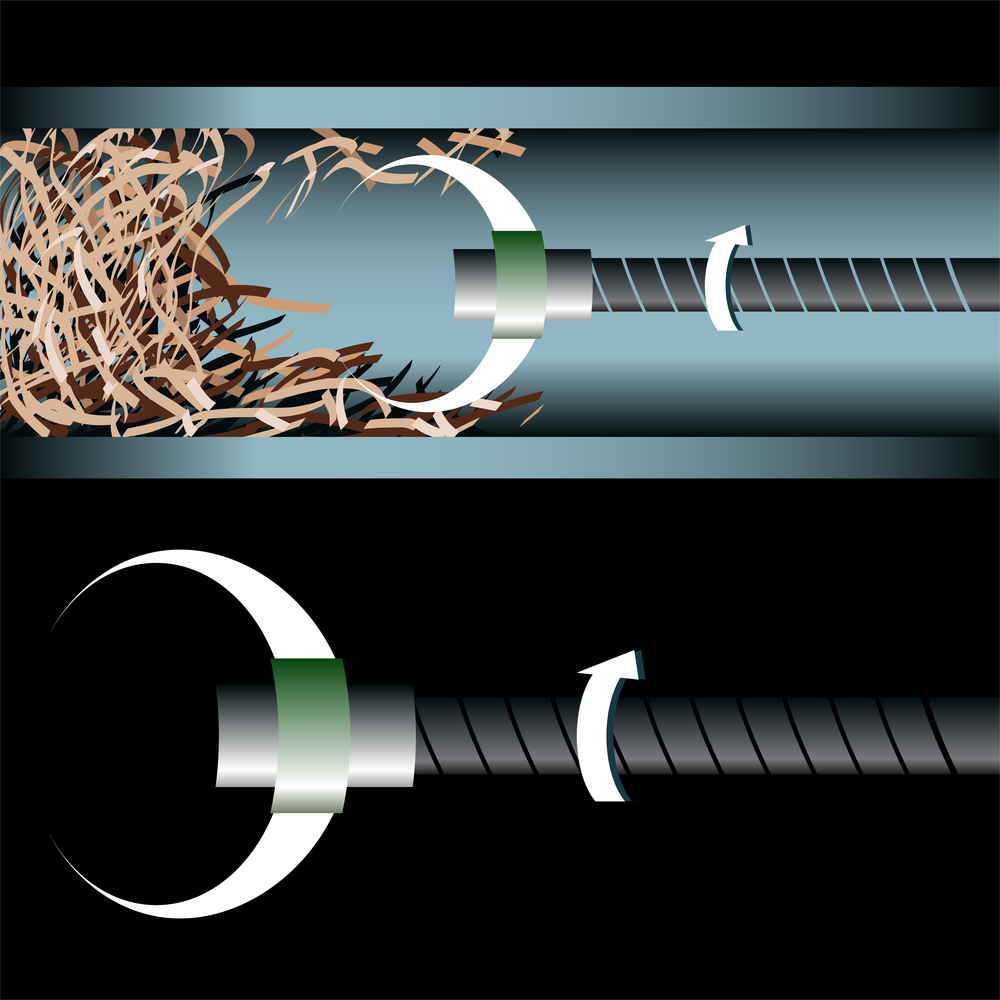How To Get Tree Roots Out Of Your Sewer Line
Rock Salt
- Buy two pounds of rock salt.
2. Pour half a pound into your toilet and flush until it’s gone.
3. Do this until all 2 pounds of rock salt is gone.
4. Don’t flush or turn on your water for about 12 hours. This gives the salt enough time to sit in the pipe and absorb all the moisture.

Sodium Chloride
Note: It’s possible for salt to kill the roots and the tree itself. So, we advise using caution if you take this route.
Copper Sulfate
- Flush 1/2 cup down your toilet.
- Flush your toilet several times to move the crystals down the sewer line.
- Open all of your windows and leave your home for a few hours.
- When you return, flush your toilet again.

Foaming Root Killer
- Flush an entire pound of foaming root killer down your toilet. Do this as fast as possible to avoid the chemical reaction occurring in your toilet bowl. (Do not pour the foam down sinks or tubs.)
- Flush a second time to push the foam into your sewer line.
- Flush a third time if you have a 1.6-gallon low-flow toilet.
- Restrict your water usage for four to six hours.
Note: Foaming root killer should not be used in homes with septic tanks.
Hydro-jetting
Hydro-jetting uses pressurized water (up to 4,000 PSI) to clear and remove clogs or tree roots from your sewer pipes. This is a professional tree root removal solution that must be performed by a sewer line repair expert. Here’s how it works.
- A self-propelled nozzle is fed into your sewer line cleanout.
- The hydro-jetting hose is connected to a water tank and machine that creates the pressure.
- As the nozzle moves through your sewer line, the water cuts through small roots, grease, and other types of clogs, pushing it all down your pipe.
Robotic Cutting

How To Prevent Tree Roots From Entering Your Sewer Line
One of the main things you can do to prevent roots from entering your sewer line is carefully planting or managing your property’s trees. Experts recommend keeping all trees and shrubs at least ten feet away from your sewer line. If you don’t know how to find your main sewer line, read How To Find The Main Sewer Line In Your House Without Digging.